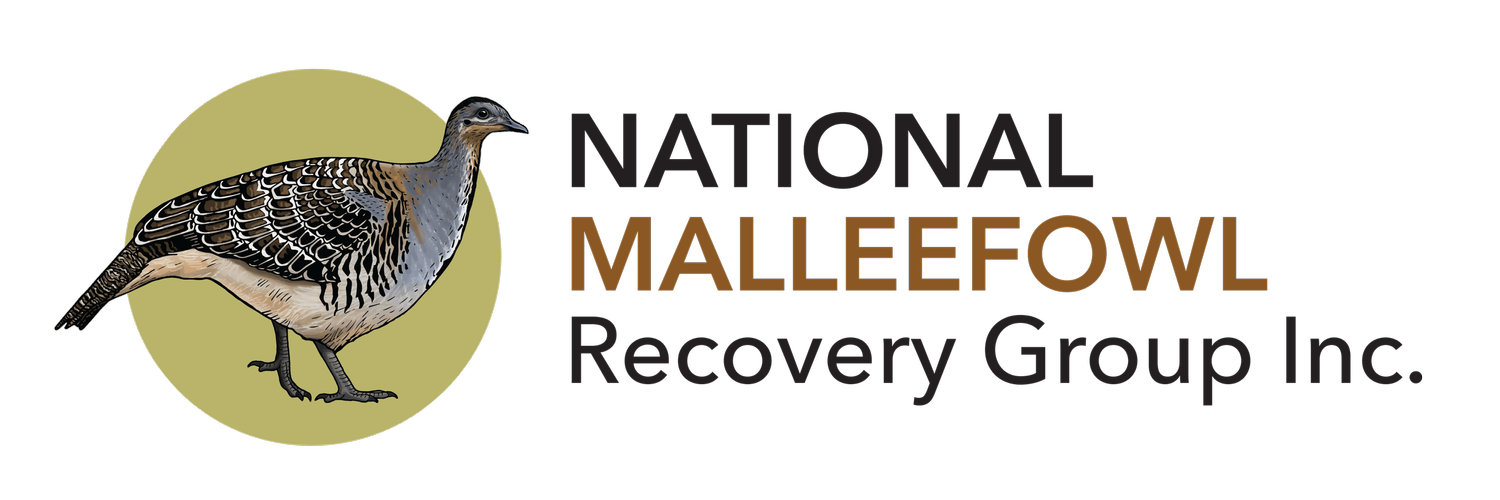WHAT HAVE WE LEARNT FROM THE VMRG CAMERA-TRAP PROJECT?
BY JOE BENSHEMESH NMRT
The camera-traps the VMRG placed at 6 sites in 2015 have been producing a bounty of photos, as our team of photo-sorters know too well – they have sorted nearly 200,000 photos over the first 3 years (the 2018 batch is still being worked on). Most photos are nulls (as we photo sorters also know too well!), but there have been over 12,000 photos with animals ‘captured’ and these provide a wealth of information on what goes on in the Mallee when we are not around.
We have learnt a lot from these cameras, and stand to learn much more as the camera-traps are now being rolled out in the Little Desert, and at Annuello in the Mallee, as part of the AM predator experiment (and similarly at many other monitoring sites around Australia): that’s where things will get really interesting as we monitor the effects of baiting on the fauna communities.
But getting back to our non-baited sites, after three years I thought I should note what have been some of the most important findings:
1. Western grey kangaroos are the most commonly captured animal across our 6 sites and over the 3 years they consistently increased in the Mallee during winter early spring; a highly significant result that has surprised kangaroo experts. It’s also important for Malleefowl because the influx of herbivores coincides with the lead up to the Malleefowl breeding season when the birds rely on green pick for food. In fact, our camera data suggests that herbivores such as kangaroos and goats might consume over 100 times as much green pick as Malleefowl during this critical period, so even a small decrease in their numbers may greatly benefit Malleefowl.
2. After kangaroos, foxes are the most commonly detected animal, and their activity also goes through significant seasonal cycles. This finding has important implications for measuring the effectiveness of fox control, because it means that one can’t just compare fox abundance at 2 points of time to measure the effect of baiting; we also need to take into account the underlying seasonal cycles. The way around this issue is to measure fox activity at both the baited site and a nearby unbaited site (the ‘experimental control’) and compare the results in such a way as to reveal the changes caused by baiting. This is how the AM Predator Experiment is structured and vindicates our approach. Cats, on the other hand, are rare, perhaps because none of these 6 sites were fox baited.
3. Young Malleefowl are also being detected, though not often which is not a great surprise because they are rarely seen by people. However, we have photos of two half grown Malleefowl together which suggests they are social and team up at an early age, corroborating findings of Jessica van der Waag who described captiveraised chicks doing this after release in a small habitat remnant (read her paper in the National Malleefowl Forum, September 2007). So it seems that young wild birds in large Mallee patches also team up at an early age. Over many years of camera-trapping, we hope to learn about the conditions under which young Malleefowl survive best, thereby learning about the keys to recruitment. These insights have come from the VMRG camera traps which are just a small part of the camera-trap network being installed at Malleefowl monitoring sites, especially AM predator experiment sites, across Australia. The information they collect is crucial for improving Malleefowl conservation, but is also of enormous value for understanding the effectiveness and ramifications of management actions such as predator control, and for tracking the abundance of native and invasive species.
While we have collectively made great progress in designing the camera-trap system and processing images, our most pressing challenge now is to develop a national database for the results, which is being modelled on the rigorous system we have in place for monitoring mounds on the NMMD.
Michael Gooch and Becky Alcorn are working to have this facility up and running in the next 6 months. This will make it easier to maintain our camera-traps in the field, validate and analyse results, and of course to report these results to the many stakeholders in the project including volunteers, land managers, and regional, state and federal government who require information on the trajectories of native and introduced species.


